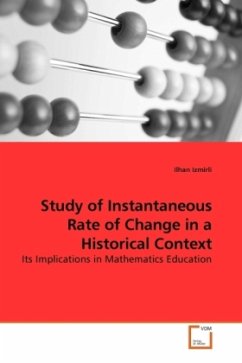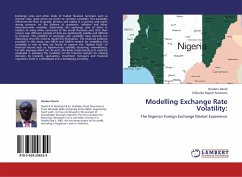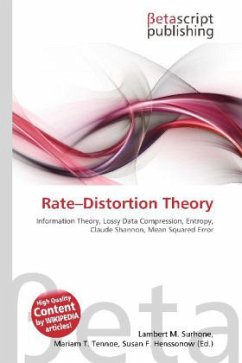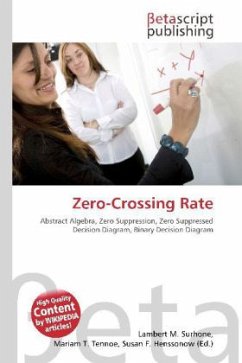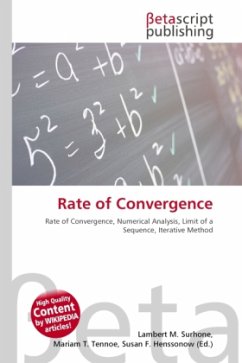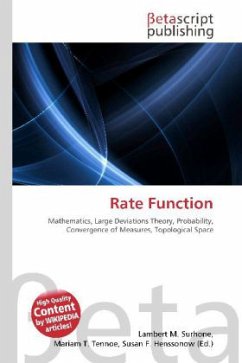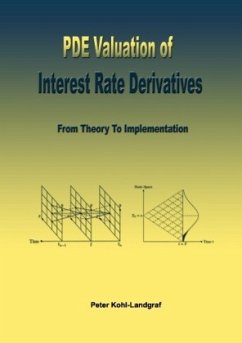This book is essentially comprised of four parts. The primary purpose of the first part is to analyze the historical development of the concept of instantaneous rate of change, determine, in particular, the reasons for its comparatively late induction into the realm of natural sciences, and explore the uniquely significant role it has played in transforming mathematics as well as physics into their modern forms. The second part is devoted to the development of various learning models as applied to mathematics. In the third part we will analyze certain issues concerning foundations of mathematics and their impact on mathematics education. Finally, we will expound on how a well-designed array composed of the historic development of the notion of instantaneous rate of change, a suitable pedagogical model, and a correct philosophical foundational approach would elucidate certain fundamental concepts in geometry, algebra, and calculus; enrich students understanding and appreciation ofmathematics; and alter the common misperception that mathematics is merely a list of facts, by engendering a viable alternative to the usual prosaic teaching styles associated with these topics.
Bitte wählen Sie Ihr Anliegen aus.
Rechnungen
Retourenschein anfordern
Bestellstatus
Storno

